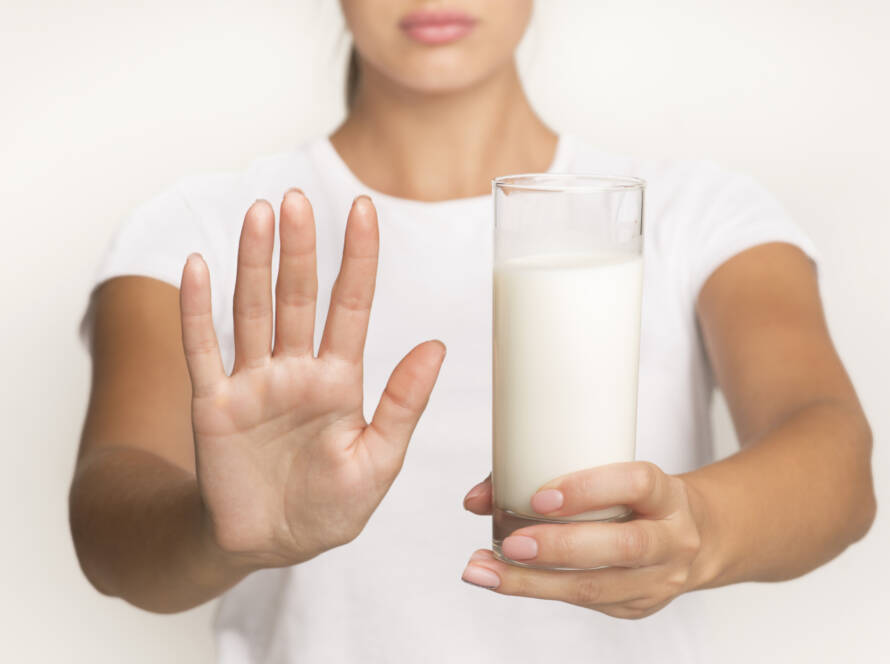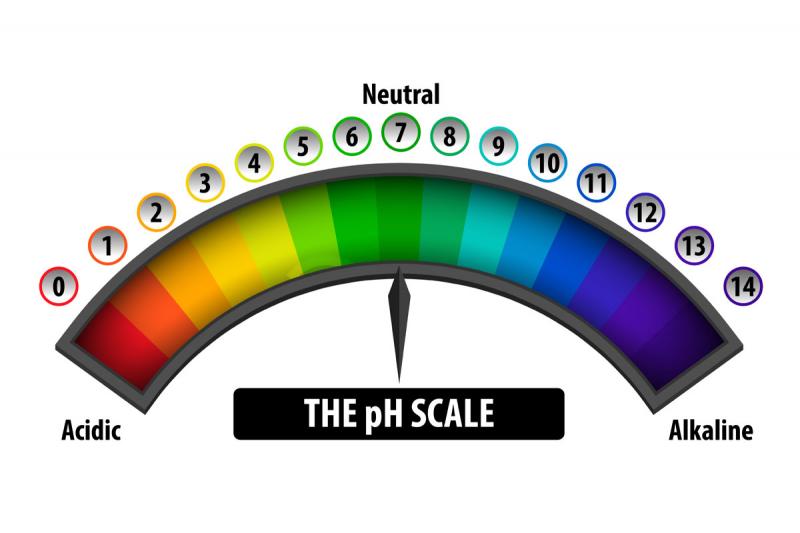Cooking fats and oils form an integral part of our diets. They are essential for healthy functioning of the body.
Why do we need fats?
- They are structural component of every cell of the body.
- They are a rich source of energy and essential fatty acids.
- They reduce the bulk of food and help in palatability.
- They help in brain development and it`s functioning. 60% brain cells are composed of fat.
- They are necessary for absorption of fat-soluble vitamins A, D, E and K.
- Certain types of fats help to keep heart and blood vessels healthy.
All fats and oils have high energy value and provide 9 Kcal /gm except for butter which provides 7 Kcal /gm.
The type of oil is just as important for health as its total amount consumed. Some oils are beneficial for good health while others are detrimental. One is confronted with an array of commonly marketed oils asserting a host of health claims. Therefore, right selection of edible oil becomes extremely important.
Understanding different types of oils
All cooking fats and oils are made up of saturated, polyunsaturated and monounsaturated fatty acids, but in different proportions and this proportion determine it’s health effect on the body.
| Cooking Fats/ Oils | % of different fatty acid | |||
| SFA | MUFA | PUFA | ||
| Omega – 6 | Omega – 3 | |||
| Coconut | 92 | 6 | 2 | – |
| Palm Kernel | 83 | 15 | 2 | – |
| Butter / Ghee | 68 | 29 | 2 | 1 |
| Palmolein | 39 | 46 | 11 | <0.5 |
| Groundnut | 19 | 41 | 32 | <0.5 |
| Rice bran | 17 | 43 | 38 | 1 |
| Sesame | 16 | 41 | 42 | <0.5 |
| Olive | 14 | 72 | 15 | 1.5 |
| Cotton seed | 24 | 29 | 48 | 1 |
| Corn | 12 | 35 | 50 | 1 |
| Safflower | 9 | 13 | 75 | – |
| Sunflower | 12 | 22 | 62 | – |
| Soybean | 14 | 24 | 53 | 7 |
| Canola | 6 | 60 | 22 | 10 |
| Mustard | 4 | 65 | 15 | 14 |
| Flaxseed | 10 | 21 | 16 | 53 |
| Vanaspati | 46 | 49 | 4 | – |
Based on the above table, for your easy comprehension, the predominate fatty acid in different fats and oils is given below.
| SFA | MUFA | PUFA | ||
| omega- 6 | omega – 3 | |||
| Coconut Palm kernel Ghee/Butter Vanaspati | Red palm oil, Palmolein , Groundnut, Rice bran, Sesame, Olive | Low | Red Palm oil, Palmolein | Canola, Mustard Soyabean |
| Moderate | Groundnut, Rice bran Sesame | |||
| High | Sunflower, Safflower, Cottonseed, Corn, Soyabean | |||
Sources and bio-effects of different fatty acids
Saturated Fatty Acids (SFAs)
- Fats & oils sources with a high percentage of saturated fatty acids tend to be solid at room temperature.
- Food sources include butter, ghee, palm oil, coconut oil, full cream dairy and red meat.
- Consuming a diet high in saturated fats is associated with an increased risk of heart diseases, as it raises levels of total cholesterol & LDL (“bad”) cholesterol.
Mono Unsaturated Fatty Acids (MUFA):
- These are liquid at room temperature.
- Food sources include oils like olive, groundnut, sesame, rice bran and mustard oil, nuts and seeds like almonds, peanuts, sunflower & pumpkin seeds, egg yolk and fatty fish.
- When taken in moderation they support cardiovascular health by reducing LDL cholesterol, increasing HDL cholesterol and preventing increase in triglycerides, It reduces BP, increases insulin sensitivity and improves peripheral neuropathy. It also promotes mental health (anxiety, depression) and maintains cell structure.
- It is anti- inflammatory.
- When taken in excess it may cause dry & scaly rash, hair loss, hair depigmentation, poor wound healing and increased susceptibility to infection.
Polyunsaturated fatty Acids (PUFA):
- These are also liquid at room temperature.
- These are of two types: omega-3 and omega 6 fatty acids.
Omega-3 Fatty Acids
- It is one of the two essential fatty acids, as humans cannot synthesize it and they must get it from food.
- It is considered especially good for health as it may increase HDL, lower triglycerides and reduce blood pressure. It is also anti- inflammatory thus eases arthritic and joint pain and improves vascular function. It also protects against memory loss and depression.
- When taken in excess, it increases the risk of hemorrhagic stroke, lowers BP and increases blood sugar levels.
- Food sources include mustard & soyabean oil, canola oil, flax seed, chia seed, walnuts, green leafy vegetables, fatty fish & eggs.
Omega-6 Fatty Acids
- These are also important for health. However, when in excess they lower not only LDL cholesterol but also HDL.
- Food sources include oils like corn, sunflower, safflower, canola, soybean and mustard, fish, poultry and seeds.
Omega-6: Omega-3 Ratio
Omega 6 and omega 3 PUFA should be present in adequate and balanced proportions in the body because both compete for the enzymes that convert them into more body friendly compounds.
- The most important factor is the consideration of omega 6: omega 3 when consuming oils.
- Omega-6 are pro-inflammatory, while omega-3s are anti-inflammatory.
- Ideal ratio of omega-6: omega-3 is 4:1.
- If the ratio is balanced, it reduces LDL and BP, improves insulin sensitivity, supports skin and hair health and is anti-carcinogenic and anti-inflammatory.
- If the ratio is unbalanced it can increase the risk of chronic inflammatory diseases like cardiovascular disease, obesity, rheumatoid arthritis, fatty liver, inflammatory bowel disease and Alzheimer’s disease.
Trans fatty acids / Hydrogenated oil
Sometimes unsaturated oils are converted into semi solid form for commercial purposes. This creates trans fatty acids. These also get produced by repeated re-frying of oil. Trans-fats do not have any nutritional value and increase the risk of developing heart disease, metabolic syndrome and diabetes. Only 0.2 gm trans-fat / 100 gm food is permissible by FSSAI. Commercial repeated frying can be the source of trans fats in ready to eat (processed) food, deep fried foods like samosas, bhajias, french fries, chips etc. and sweets like jalebis, gulab jamuns etc.
Recommended Daily Intake of Fat
For an adult consuming 1600 Kcal/ day, total fat intake should be around 35 gm comprising all visible and invisible fat.
Energy – 1600 Kcal
| Total Fat | 20% of Total Calories | 35 gm |
| SFA | 6% | 10.6 gm |
| PUFA | 8% | 14.1 gm |
| omega-6 | 6% | 10.6 gm |
| omega-3 | 2% | 3.5 gm |
| MUFA | 6% | 10.6 gm |
For any changes in the total number of calories the quantities of oil shall vary proportionately.
Choice of cooking oil
A balance of all fatty acids is essential. Additionally, it is important to get the correct ratio of omega-6 and omega-3 fatty acids. Different oils also contain specific anti-oxidants (like tocopherols, oryzanol, carotenes, tocotrienols, etc.), phytosterols, and micro-nutrients. To get a good proportion of all the classes of fatty acids and anti-oxidants, it is advisable to consume more than one type of vegetable oil in rotation as well as diverse food sources.
Practical Guidelines
- Keep different types of oil in separate bottles. Then use these oils in rotation.
- Use 1 tsp of desi ghee / butter in a day. Since SFA requirement is 10.6 gm the rest you can avail as invisible source from full cream milk & milk products, cheese and red meat as per the balanced diet.
For bakery fat, shortening, mithai / Indian sweets and food applications which require solid fats, use palm kernel oil/ palmolein / coconut oil (Palm oil is semi solid at room temperature, has a high smoking point, is resistant to oxidation and makes fried items last longer. It is also a rich source of Vit E and beta carotene which helps in preventing age related macular degeneration. Even though palm oil has a high smoking point, avoid it for frying as it is rich in SFA. Coconut oil is rich in medium chain triglycerides. which can play a useful role as fuel for the brain, in times of need specially.
- Use correct combination – blend of 2 or more vegetable oils (1:1)
- For this, you may use either groundnut or sesame or rice bran or cottonseed oil along with either mustard or canola or soyabean oil.
- Another combination could be sunflower/ safflower oil and olive oil.
- Within each category too use oils in rotation.
- You may use sesame or rice bran oil for deep frying, use mustard or canola oil for making vegetables/ curries and extra virgin olive oil in salad dressing.
- To increase omega 3 PUFAs: consume fish like mackerel, sardines, tuna and salmon. Those who do not consume fish should achieve higher intake of omega -3 from plant sources like walnut, flax seeds, chia seeds, wheat germ, green leafy vegetables, fenugreek seeds, mustard seeds and pulses.
- In case, you are not able to consume omega- 3 rich foods, you may consider taking an omega -3 supplement.
- For frying, use oils which have higher smoking point such as sesame rice bran, cottonseed etc.
- While frying, start with necessary amount of oil and avoid using excessive amounts.
- After each deep fat frying, filter the oil to remove suspended particles. These particles aid in early rancidity development. Keep this oil in a glass bottle in fridge.
- This oil can be used for cooking vegetable or to give tadka to the dal within the next few days.
- Use of oil for a second frying is not advisable. Oil can be maximally reheated 5 times, at a temperature below the smoking point.



